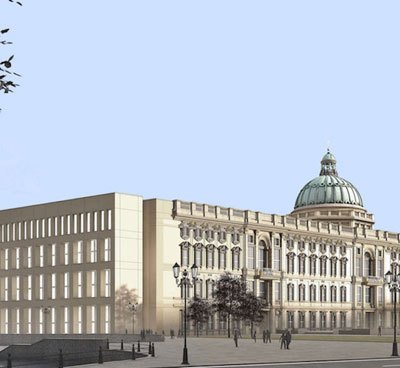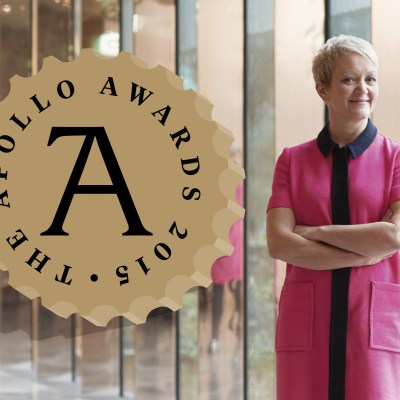In an era of what might be dubbed Outsider Politics, it seems hardly surprising that Outsider Art is attracting a growing audience. It is 70 years since Jean Dubuffet coined the term Art Brut, and 45 years since Roger Cardinal’s Outsider Art provided its English synonym. For Dubuffet, Art Brut was work ‘produced by persons unscathed by artistic culture, where mimicry plays no part (contrary to the activities of intellectuals). These artists derive everything […] from their own depths, and not from the conventions of classical or fashionable art.’ While Dubuffet’s focus was on the marginalised and mentally ill, the parameters of what constitutes Outsider Art have continued to expand to embrace the work of any self-taught artist operating outside the mainstream. It is the apparent cynicism or lack of integrity – not to mention the cost – of so much of that mainstream that has fuelled interest in this parallel alternative tradition. As the New York gallerist James Fuentes recently told Bloomberg – appropriately enough in the vernacular – Outsider Art is ‘a f***ing breath of fresh air.’
This month sees the 25th anniversary edition of the Outsider Art Fair in New York (Metropolitan Pavilion, 19–22 January), and Christie’s New York staging its second dedicated auction, Courageous Spirits: Outsider and Vernacular Art (20 January), alongside the season’s sales of Americana and folk art. Even the city’s MoSex – the Museum of Sex – is tapping into the Zeitgeist with ‘Known/Unknown: Private Obsession and Hidden Desire in Outsider Art’ (19 January–16 September).
One of the earliest and most influential artists associated with Art Brut was the uneducated and psychotic Adolf Wölfli, who began to draw obsessively after his incarceration in the Waldau Clinic in Bern in 1895. His methods were carefully observed and documented by the psychiatrist Dr Walter Morgenthaler who published the seminal Ein Geisteskranker als Kunstler (A Psychiatric Patient as Artist) in 1921. Wolfli’s output of pencil and coloured pencil drawings was vast, and his typically densely worked and complex Bangali Firework Bänggaalisches Feuerwärk of 1926 ($155,000) is one of the highlights of this year’s OAF. The work is shown by Andrew Edlin, the dealer who acquired the event in 2012 and has overseen the tripling of its audience – as well as the foundation of a Paris edition in 2013.
Last January, Christie’s secured a record for a work of Outsider Art at auction when William Edmondson’s limestone Boxer of around 1936 tripled expectations to sell for $785,000. The son of freed slaves, Edmondson had set himself up as a stonecutter making tombstones and sculpture for his community after losing his job as a janitor at the age of 57. The auction house is now offering his monumental limestone Lion of much the same date and similarly acquired directly from the artist in the 1930s ($200,000–$400,000). There is no doubt that Edmondson was an outsider, but in 1937 he also became the first African American to be given a solo show at MoMA. While there will always be Outsider Art somewhere, it may well prove harder and harder to find it ‘unscathed by artistic culture’, as its boundaries with the mainstream continue to blur.



